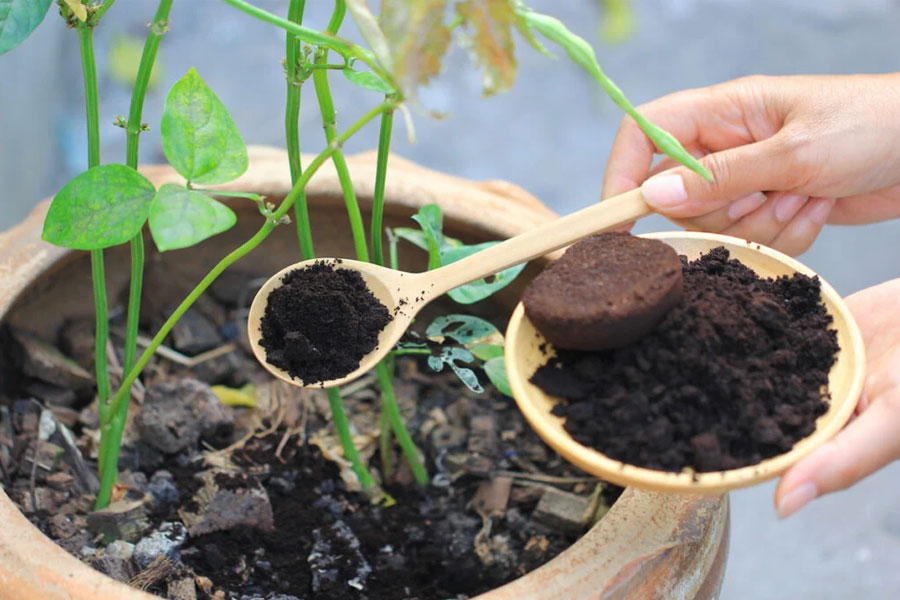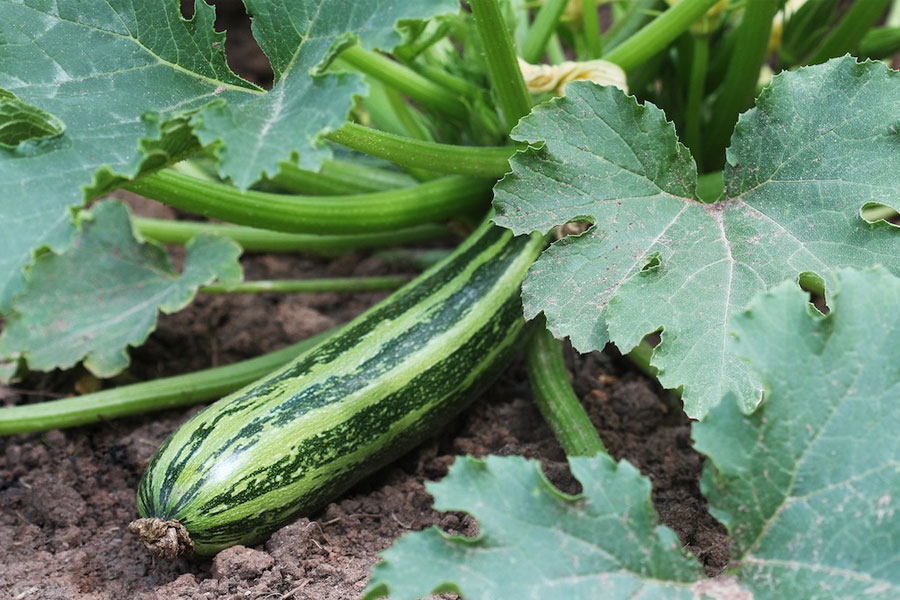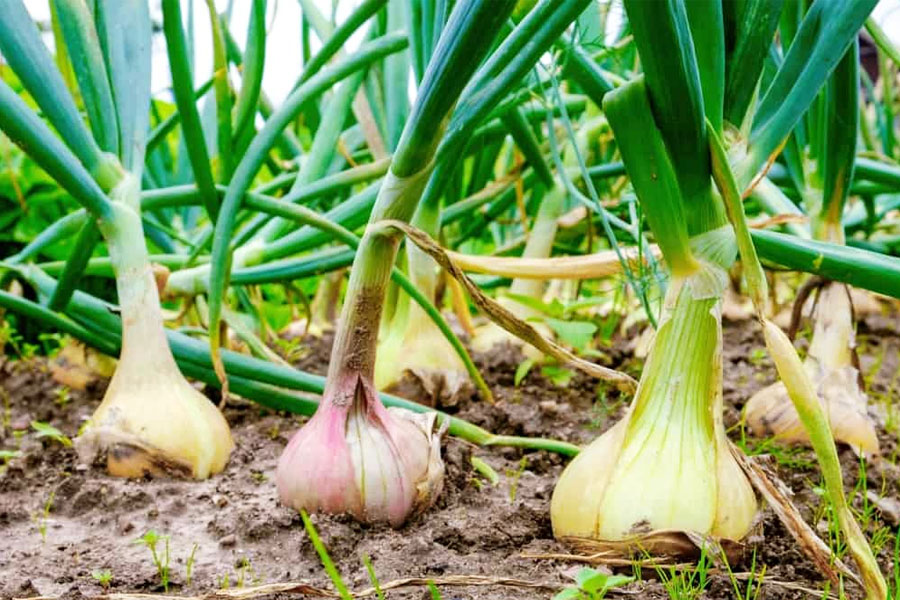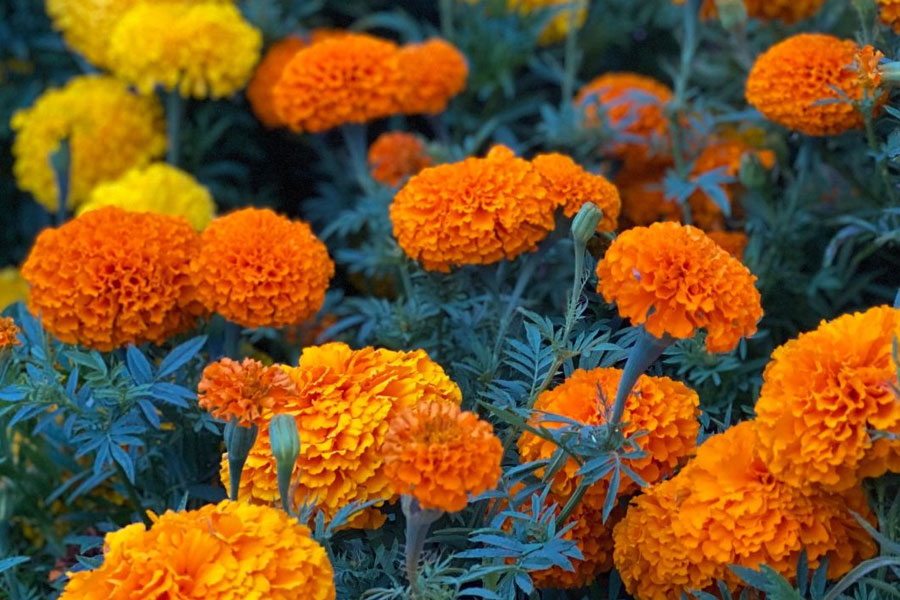
Cucumbers, known scientifically as Cucumis sativus, are a popular and versatile vegetable enjoyed worldwide. This guide delves into the intricacies of cucumbers, covering their species, description, growing conditions, planting and care tips, common issues, and benefits.
Cucumbers are a staple in many gardens and kitchens, valued for their crisp texture and refreshing taste. They belong to the gourd family, Cucurbitaceae, which also includes melons, pumpkins, and squash. Originating in South Asia, cucumbers have been cultivated for thousands of years and are now grown globally.
What is the Scientific Name For Cucumber?
The scientific name of cucumber is Cucumis sativus. Cucumbers are widely cultivated creeping vine plants in the family Cucurbitaceae that bears cylindrical to spherical fruits, which are used as culinary vegetables.
Species of Cucumber
Cucumbers come in various species, each with unique characteristics suited for different culinary and growing needs. The primary types include:
- Slicing Cucumbers:- These are the most common, typically longer, and consumed fresh.
- Pickling Cucumbers:- Smaller and thicker-skinned, this species is ideal for making pickles.
- Burpless Cucumbers:- Known for being easier to digest, with fewer seeds and a milder taste.
- Bush Cucumbers:- This species grow on compact plants, making them ideal for small gardens.
- Vining Cucumbers:- They grow on long vines, and require support to grow vertically.
Description and Characteristics
Appearance
Cucumbers are cylindrical and elongated, with rounded ends. However, some varieties can be short and stubby, while others may be curved or even slightly pear-shaped. They are most commonly green, with shades ranging from a light yellowish-green to a deep, forest green.
Taste
The most common descriptor for a cucumber’s taste is cool, refreshing, and mildly sweet. It has a light, crisp flavor with a distinct green quality.
Plant Structure
The cucumber plant has a shallow root system that extends outwards from the base of the long, slender, and vining stems. Stems are covered in tiny hairs and have nodes along their length, where leaves and tendrils grow. Leaves of a cucumber plant are large, lobed, and green. They are rough to the touch and have a slightly hairy surface.
Growing Habits
Cucumbers come in two main types, bush and vining. Both the types grow in warm weather, sunny location with well-drained, fertile soil. They also appreciate consistent moisture, so regular watering is key.
Nutrients Rich
Cucumbers are a good source of vitamins A and C, as well as potassium and magnesium. They are also low in calories and fat.
Ideal Growing Conditions
1. Warm Climate
Cucumbers prefer warm days and nights. The ideal daytime temperature for cucumbers is between 18-24°C, with nighttime temperatures around 15°C.
2. Well-Drained Soil
Cucumber plants prefer loose, well-drained soil that is rich in organic matter. A slightly acidic soil pH of 6.0 to 6.8 is ideal.
3. Direct Sunlight Daily
Cucumbers are sun-loving plants and need at least 6-8 hours of direct sunlight daily.
4. Consistent Moisture
Cucumbers are heavy feeders and require consistent moisture throughout the growing season. They require about 1 inch of water per week, either through rainfall or irrigation.
Planting and Care Tips
Planting
- Cucumbers can be grown from seeds or transplants. Direct seeding is common in warmer climates.
- Space seeds or transplants 12-18 inches apart in rows that are 3-4 feet apart.
- Plant cucumbers after the last frost date in your area when the soil has warmed up.
Care
- Use trellises to support the vines, which helps keep the fruit clean and reduces disease.
- Apply a balanced fertilizer when planting and again when the plants begin to flower.
- Keep the plantation area pests-free by planting companion plants around cucumbers.
Common Issues and Solutions
1. Poor Pollination
If pollination is poor, the cucumber plant might end up with misshapen or underdeveloped fruits. This can happen due to cool, rainy weather that deters bees, or excessively high temperatures.
Solution:- To encourage healthy pollination, you have to plant near bee-friendly flowers and consider hand-pollination techniques during unfavorable weather.
2. Nutrient Deficiencies
Pale and yellowing leaves of your cucumber plants are often a sign of nutrient deficiencies.
Solution:- You can amend your soil with compost or aged manure before planting, and consider using a liquid fertilizer throughout the growing season.
3. Bitterness
Cucumbers are heavy drinkers, especially during hot weather. Insufficient watering leads to wilting, and bitter fruits.
Solution:- The solution is consistent and deep watering, allowing the water to reach the roots. You can also apply mulch around the base of the plant to retain moisture and reduce evaporation.
Benefits of Cucumbers
- Cucumbers are about 96% water, making them a great way to stay hydrated, especially on hot days.
- Due to their high water content and low calorie count, cucumbers can help you feel full without adding extra calories to your diet.
- Regulate blood sugar levels that potentially beneficial for people with diabetes.
- Good source of vitamins and minerals, including vitamin K, potassium, and magnesium. Vitamin K is important for blood clotting and bone health, while potassium helps regulate blood pressure and magnesium is important for muscle function and nerve health.
- Cucumbers contain fiber, which is important for gut health and regularity.
Frequently Asked Questions
1. What are the best conditions for growing cucumbers?
Cucumbers thrive in warm climates with temperatures between 70°F and 95°F, well-draining fertile soil with a pH of 6.0-7.0, and require full sunlight and consistent moisture.
2. How can I prevent cucumber plants from getting bitter?
Ensure consistent watering, provide shade during extreme heat, and avoid stress on the plants to prevent bitterness.
3. What pests commonly affect cucumbers and how can I control them?
Common pests include cucumber beetles and aphids. Control them using row covers, insecticidal soap, or neem oil.
4. When should I plant cucumbers?
Plant cucumbers after the last frost date in your area when the soil temperature is warm, typically in late spring.
5. What are the nutritional benefits of cucumbers?
Cucumbers are low in calories, high in vitamins K and C, potassium, and antioxidants, and are about 95% water, making them hydrating and beneficial for health.













